#American Vampire
Text
Mercy Brown: when superstitions go awry

Tuberculosis is an insidious disease that comes in quietly and sweeps away entire families, rarely content with just one or two before its run its course. This slowly dividing bacteria travels from host to host through aerosol droplets via sneezing, coughing, speaking and other airborne paths. Considering the fact that TB attacks the lungs most often, resulting in, among other things, coughing up bloody phlegm, this means its highly transmissible and yet, luckily, very slow to be caught by the average passer-by. The longer someone spends with the sick person, and the less well ventilated an area is, the more likely the disease is to pass on to the next victim. Most people that came down with TB caught it from sick family members. These days we have a vaccine against it but TB has been around for most of humanities' recorded history, with even Egyptian mummies having been found with physical evidence of it. In Victorian (and later) times the disease was referred to as 'consumption' with little understanding of its source or its cause, an unknown horror that seemed to come from nowhere, prey on an entire family or community and than vanish again just as mysteriously.
In 1883 (or 1884 or 1888 -the dates are all over the place), a woman in Exeter, Rhode Island by the name of Mary Eliza died of 'consumption'. Six months later, her oldest daughter, Mary Olive, joined her in the graveyard. The distraught husband, George, waited, one can only imagine, with terror for the rest of their children to be swept away as well but for the next several years, all was well in the family. Then, in the cold months at the end of 1891, his daughter Mercy Lena came down with consumption.
From our place, safely in the future, we can look at the case and wonder if she was exposed to a new strain that finally found a weak spot the previous one hadn't and laid claim to her. It's entirely possible however that the same bacteria that killed her mother was now killing Mercy as well. Mercy might have contracted what's known as latent TB from her mother, a case where the bacteria lies dormant in the system, the victim a benign carrier who can't infect others until something, usually an event that suppresses the immune system, triggers it into a full blow, active bought. Whatever the case, whether it was a new infection or the haunting family ghost of her mother's older one, Mercy, and her younger brother Edwin, both came down with active TB in 1891. Edwin, a teenager at the time, was sent to Colorado in the hopes it would heal him - but Mercy died in the first month of the new year, going the way of her mother and older sister before her to the grave. She was only 19.
The story should have stopped there.
I wouldn't be writing about this if it had.
Edwin returned from Colorado and his health continued to decline. Soon, if nothing changed, he would follow the majority of his family into the grave. The neighbors had a plan though. They just needed his father's permission.
What they proposed was that an evil entity was draining the life of the Brown family, picking them off one at a time and returning for each new victim. The evil that was killing the family - was a member of the family.
Here's where we get into the superstition part of things. If you read articles online about Mercy Brown you'll find the word 'vampire' thrown around a lot. It was the word used in the newspapers of the time, that caught wind of what the neighbors planned, and its also modern culture, thanks in large part to Bram Stroker's Dracula (there is speculation that his character of Lucy might have had its roots in stories he'd read about Mercy in the newspapers of his time. Dracula, remember, was published in 1897). A dark force, rising from the grave to suck the life out of its victims. Well, yes - and no. Modern vampires, the way we collectively view them now, with fangs and a hunger for blood, creeping around through windows and walking among us on our crowded nighttime streets is a new reskinning. During Mercy's time, and much much further back than that, the 'vampire' associated with disease like TB was much more nebulous. For many cultures, what was rising out of the grave to drain the life from its own family had more resemblance to an angry or hungry ghost, than a walking, talking monster. A distinction that, realistically, has no bearing on the end result but, metaphysically, the story changes. It becomes something personal, to the victim and the neighbors around the family, someone they knew in life, someone they watched die. It's the sorrow and the potential rage and absolutely the confusion of why it happened in the first place, rising like fog from the grave to whisper across the landscape, trying to take what it once had back to the cold of its tomb with it. It's the familiar knock of a friend at the door when the friend isn't there anymore. It's the smile you knew all the nineteen years of its life on the other side of the window on a moonless night. When the neighbors wanted to dig up Eliza, Olive and Mercy, there was the quiet whisper that traced back through a thousand ancestors into the far past of humanity that murmured that love doesn't die when the body does - and that that's terrifying, not comforting.
George, with his son dying, agreed to let the neighbors go digging up his family. Maybe he believed them, some accounts say he didn't, but whatever the case, he let them pull up the bodies of his dead loved ones out of their cold graves in the late winter and lay them out right there for testing. Mary Eliza and Mary Olive were safe. They were too rotted to be the hungry ghost that was trying to take young Edwin with it. Mercy however - Mercy, according to the reporter that was onsite to record all of this, looked far too fresh to be a two month old corpse. Her hair and nails had grown, her body looked unblemished, reports said her body had shifted since it had been laid out and, most damning of all, when her chest was cut open by the local doctor, her organs were found to still have blood in them. It wasn't important that Mercy's body had been in the ground during some of the coldest, and therefor most preserving, months of the year. They certainly didn't know about the buildup of gas in a body that can make it move or the way the skin shrinks and pulls back from nails and hair, making them seem to grow. No. What they saw was that Mercy wasn't content to travel into death alone. She wanted her baby brother to go with her.
So they burned her heart on a stone in the graveyard, put the ashes in a drink and had Edwin chug it down. In a move that dates back to, at least, Achilles desecrating Hector's body in the Iliad, you rob a ghost of its power by mangling the body that ties it to both this world, and its recognizable identity.
It didn't work. Within two months, Edwin was dead as well. The story however, lived on. Perhaps in Stoker's Dracula and certainly in the papers of the day. Mercy was, perhaps, the last body dug up in New England and given the 'vampire' treatment. She wasn't the only one however. There are at least six other recorded, and possibly other unmarked, instances during what came to be known as the New England Vampire Panic that swept the upper US during the 1800s. Mercy, at this point, seems to be the last, coming in on the tail end of the old century and the beginning of the new. A last flicker of the old superstitions dying out in the face of rising science.

#mercy brown#vampire#superstition#folklore#Dracula daily#Dracula#bram stoker#new england vampire panic#american folklore#american vampire
296 notes
·
View notes
Text


American Vampire 2 Variant Cover by Bernie Wrightson
#comic book cover#cover art#original comic art#bernie wrightson#horror comics#variant cover#american vampire
86 notes
·
View notes
Text

American Vampire had its ups and downs as a story, but no side character in any piece of fiction has had the same subtle yet distinct long-term mutagenic effect on my aesthetic sensibilities as Travis Kidd- a 1950s greaser who, on all covers on which he appeared, was presented in such a way that you’d assume he’s a Lost-Boys style Biker vamp, when what’s actually going on is that he’s a human vampire hunter who had a set of pointy wooden dentures made so that he might be able to bite vampires to death
82 notes
·
View notes
Text
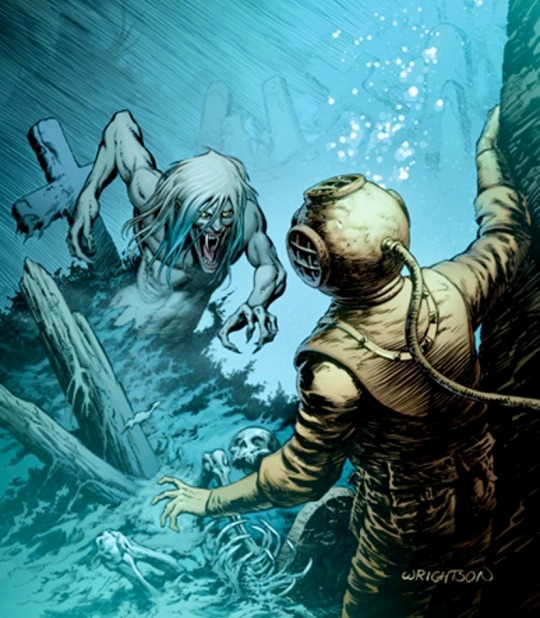
American Vampire. Art by Bernie Wrightson
#horror#scifi#comics#comicart#art#science fiction#horror art#scifination#horrorcomics#illustration#bernie wrightson#american vampire
38 notes
·
View notes
Text
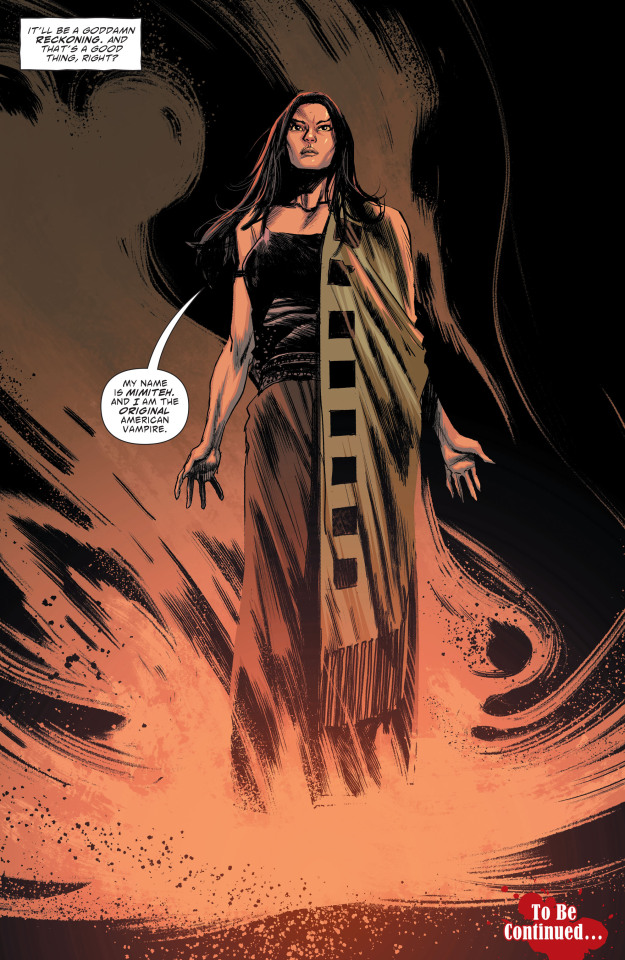
American Vampire 1976 #3
11 notes
·
View notes
Text
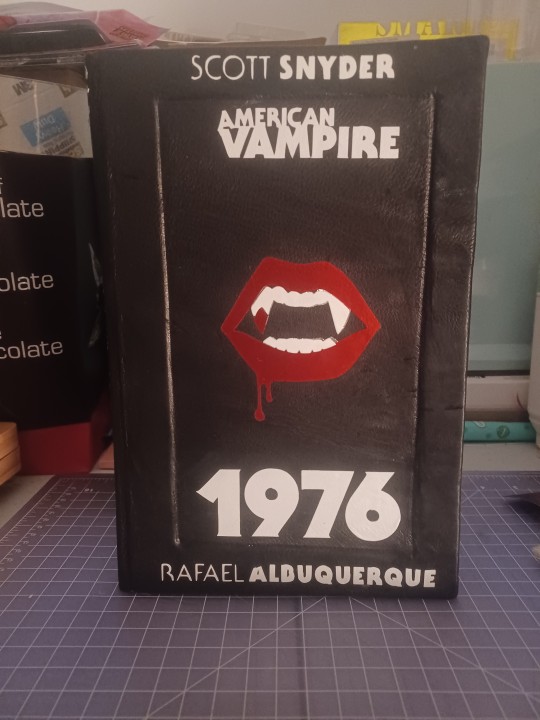



Newest rebinding project completed! American Vampire 1976- first time working with leather, creating an embossed cover, inserting a ribbon bookmark, and rebinding a comic!
#kettlebird art#bookbinding#rebinding#dc comics#crafts#bookblr#american vampire#had a lot of fun with this one!#and a lot of frustration lol but it was mostly self inflicted#the graphics on the cover are metallic it just didnt pick up on my terrible phone camera#also the cover is NOT that crooked irl my camera hates me
12 notes
·
View notes
Text



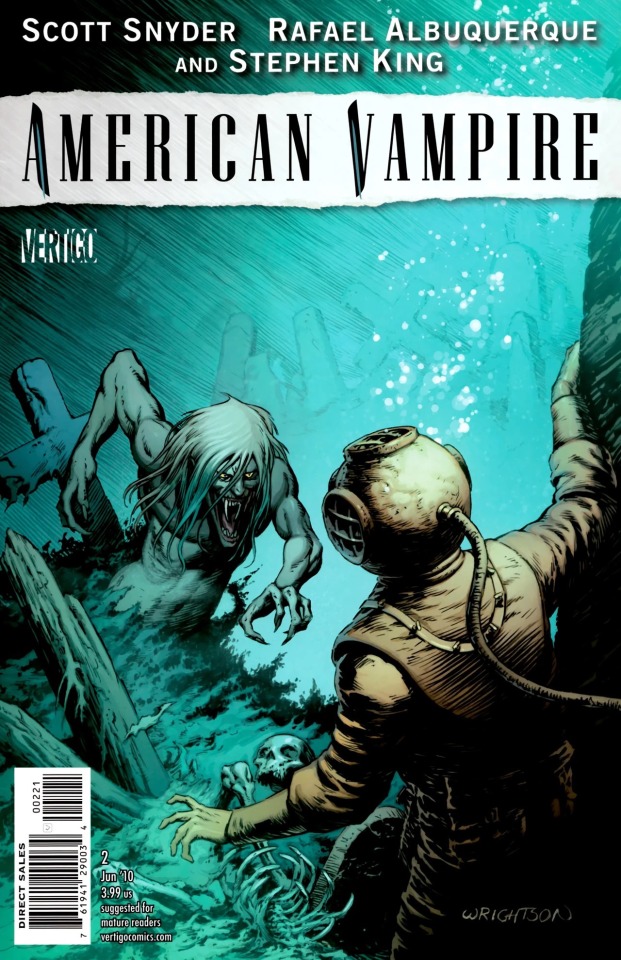
American Vampire 2 Bernie Wrightson
57 notes
·
View notes
Text



travis kidd…………… travis kidd……………………………….
#travis kidd#american vampire#bowl art#fanart#art#i’m SCRAPING for travis content or any american vampire content at all#and i have come up w nothing but five pieces of fanart#one fanfic#and that’s it#ive never been so hungry in my life
7 notes
·
View notes
Text

American Vampire: Lord of Nightmares #2 (Cover art by Dustin Nguyen)
26 notes
·
View notes
Text

PEARL JONES
Art by RAFAEL ALBUQUERQUE
37 notes
·
View notes
Text


#american vampire#scott snyder#stephen king#horror#horror comic#horror comics#vertigo#vertigo comics#poll
15 notes
·
View notes
Text
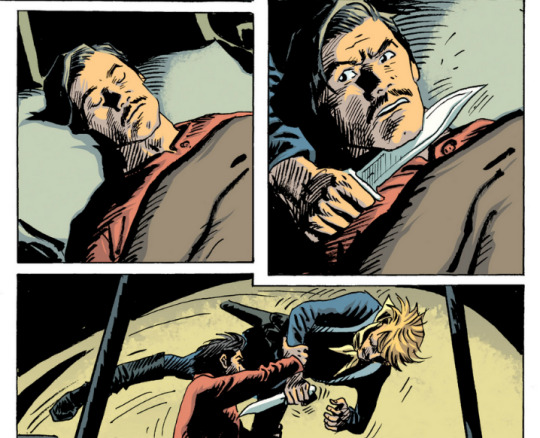
hello american vampire fans. i wrote 7500 words about skinner and jim. enjoy
11 notes
·
View notes
Text

#vampire#vampcore#vintage#books#todays read#American vampire#norine dresser#vampire books#occult book club#🧛🏻♀️#Stoked to take a bite out of this#mine#happy Saturday the 14th#vampire book#vintage books
12 notes
·
View notes
Text
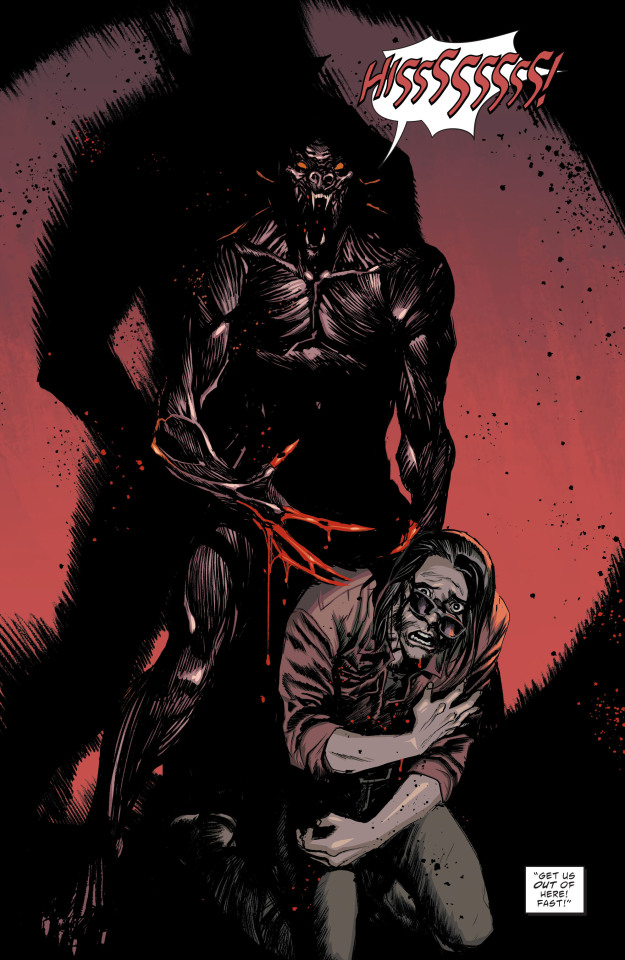
American Vampire 1976 #3
15 notes
·
View notes
Text
vampire drawings inspired by the comic American vampire plus Louis and lestat for funzies
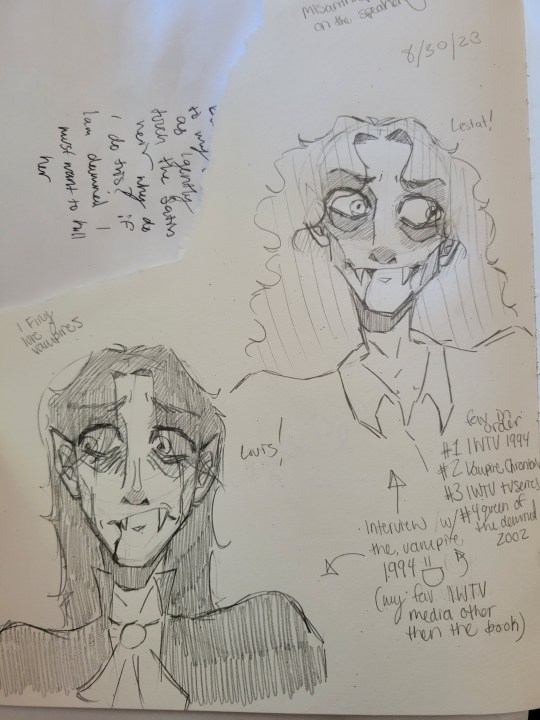



13 notes
·
View notes
Text

Sorry I've been dead, I picked up a new comic recently
#kettlebird art#fanart#american vampire#skinner sweet#vampire#comic#vertigo comics#dc black label#dc comics#comic fanart#shoutout to anyone else who knows what the hell this comic is
17 notes
·
View notes